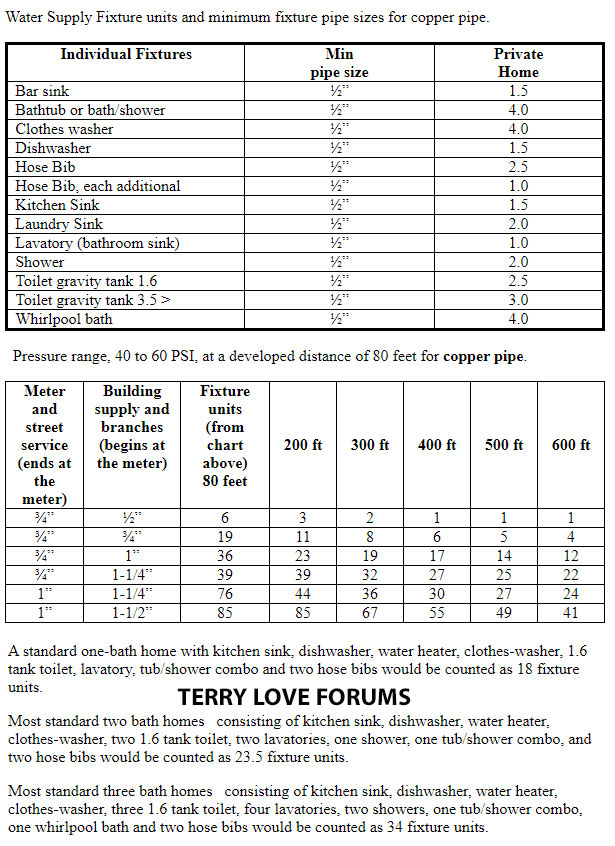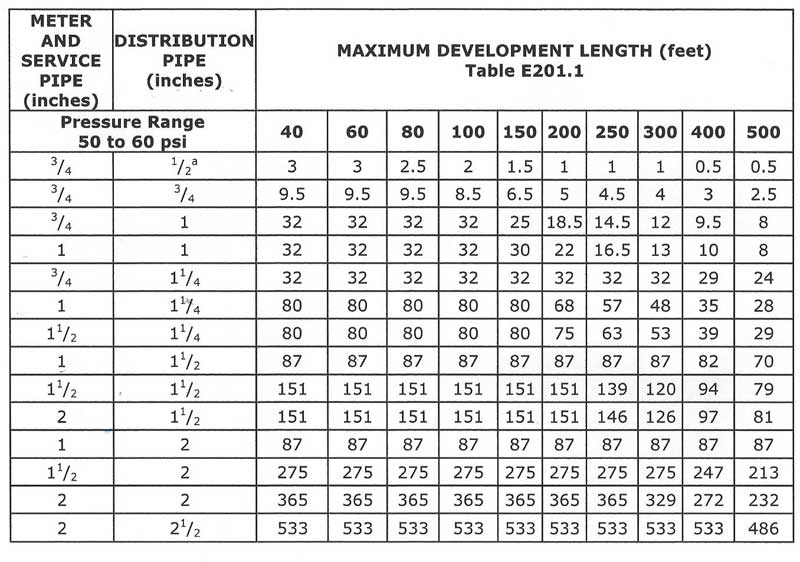Hello all! I have been doing some digging and finding different things at different places, and wanted to get a more solid foundation to plan around.
Appologies about the length and probably duplication due to lack of reading on the site (but I have spent quite a bit of time here).
When I say I am starting from zero, I mean there is no water to my property at all. I am working with the local utility district to run a new water line, and that will be a 2" to the corner of my property. This is going to cost a significant amount of money to set up and get ran, so I want to do it right, efficiently, and as affordably as possible without any shortcuts.
The paperwork they gave me shows a "5/8x3/4 meter". I assume I may need to request a 1" meter, but I am not sure. From here back I plan to run about about 600 ft back into the property to a small utility shed with a manifold with shutoffs to go out to a future shop building for a sink and hose bib, and over to the house after a water treatment of some kind.
From the meter point back to the house, there will be a net zero elevation change to the highest fixture. It is slightly down hill and there will be a bonus bath above the garage in the future, though no plans for it to be used regularly.
The house we are planning on building will be 3.5 bath with said bonus room bathroom.
The rough fixture count will be:
1 large soaking tub.
1 bath/shower combo
2 showers, one will have rain shower head plus body sprayer.
5 lav sinks
4 toilets
1 kitchen sink
2 utility sinks
1 clothes washer
3 hose bibs.
There may be a VERY RARE occasion where more than 3 items total will be used at the same time, but generally speaking about the worst case scenario would be 2 showers with the dish washer going, or shower + laundry + outside hose bib, something along those lines. Normal use will be 1-2 items at any given time, based on current use at our house now (a 2.5 bath)
The distance is what has me concerned - I have some local people telling me 1" will be fine for the house, but I think this is not taking into account the distance. The plan was for PEX to be used underground, as I have seen some PVC damage caused by shifting ground around the area with recently built homes, and the lines will be difficult to reach and repair, and it seems PEX is a bit less prone to damage with the flexibility.
Any advice or suggestions to do this right will be greatly appreciated!
Matt
Appologies about the length and probably duplication due to lack of reading on the site (but I have spent quite a bit of time here).
When I say I am starting from zero, I mean there is no water to my property at all. I am working with the local utility district to run a new water line, and that will be a 2" to the corner of my property. This is going to cost a significant amount of money to set up and get ran, so I want to do it right, efficiently, and as affordably as possible without any shortcuts.
The paperwork they gave me shows a "5/8x3/4 meter". I assume I may need to request a 1" meter, but I am not sure. From here back I plan to run about about 600 ft back into the property to a small utility shed with a manifold with shutoffs to go out to a future shop building for a sink and hose bib, and over to the house after a water treatment of some kind.
From the meter point back to the house, there will be a net zero elevation change to the highest fixture. It is slightly down hill and there will be a bonus bath above the garage in the future, though no plans for it to be used regularly.
The house we are planning on building will be 3.5 bath with said bonus room bathroom.
The rough fixture count will be:
1 large soaking tub.
1 bath/shower combo
2 showers, one will have rain shower head plus body sprayer.
5 lav sinks
4 toilets
1 kitchen sink
2 utility sinks
1 clothes washer
3 hose bibs.
There may be a VERY RARE occasion where more than 3 items total will be used at the same time, but generally speaking about the worst case scenario would be 2 showers with the dish washer going, or shower + laundry + outside hose bib, something along those lines. Normal use will be 1-2 items at any given time, based on current use at our house now (a 2.5 bath)
The distance is what has me concerned - I have some local people telling me 1" will be fine for the house, but I think this is not taking into account the distance. The plan was for PEX to be used underground, as I have seen some PVC damage caused by shifting ground around the area with recently built homes, and the lines will be difficult to reach and repair, and it seems PEX is a bit less prone to damage with the flexibility.
Any advice or suggestions to do this right will be greatly appreciated!
Matt



